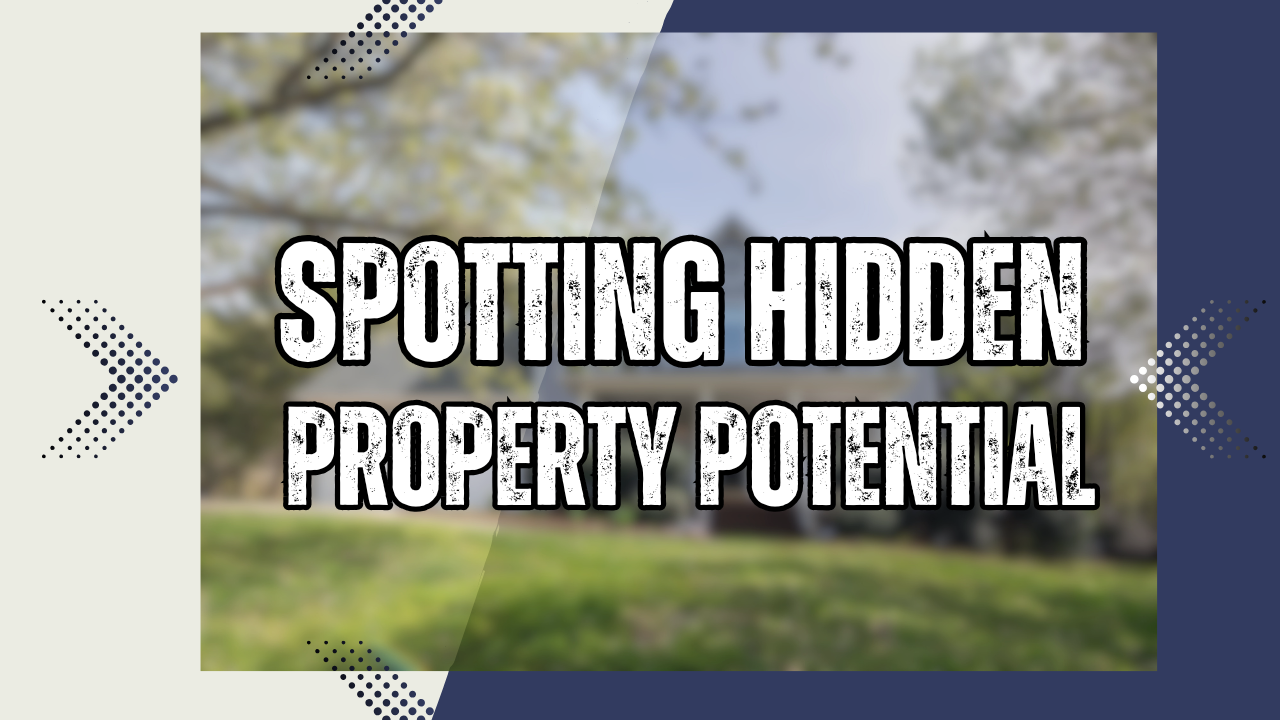In today’s fast-moving real estate market, opportunities aren’t always obvious. Some homes sit on the market overlooked, while others get snatched up and transformed into high-value assets. As both an architect and investor, I’ve learned that the key to spotting hidden property potential lies in seeing beyond the surface—imagining not just what a space is, but what it can become.
1. Looking at Structure, Not Just Style
Many buyers walk into a property and stop at the outdated finishes, the awkward layout, or the peeling paint. But as an architect, I’m trained to read the bones of a building. Solid foundation? Strong framing? Good proportions? Those are the clues that tell me a property has more to offer than what first meets the eye.
Investor insight: When you focus on structure instead of cosmetics, you’ll often find undervalued properties that others overlook.
2. Designing With ROI in Mind
Where a traditional investor might only calculate costs, I also calculate design impact. A well-placed wall removal, natural light optimization, or a smart layout change can increase a home’s livability—and its value—without breaking the budget.
Pro tip: Not every renovation has to be luxury. Strategic design decisions, like converting unused space into a home office or creating an indoor-outdoor flow, can boost resale value significantly in 2025.
3. Spotting Future Demand Trends
Real estate investing isn’t only about today’s market—it’s about anticipating what tomorrow’s buyers will want. Right now, sustainable features, hybrid living spaces, and wellness-focused design are what’s driving demand. By aligning my projects with these trends, I position each property for long-term growth.
Example: A simple energy-efficient upgrade doesn’t just reduce utility bills—it also attracts eco-conscious buyers willing to pay a premium.
4. The Architect-Investor Advantage
Wearing both hats allows me to move quickly and creatively. I don’t just rely on contractors or outside designers to tell me what’s possible—I see the possibilities immediately. This speeds up decision-making and reduces risks for every project.
5. The Investor’s Invitation
The most rewarding part of combining architecture and real estate investing is not just transforming properties—it’s creating opportunities for others to grow their wealth alongside mine. If you’ve ever wondered how to spot hidden property potential—or if you’re curious about what it looks like to invest in projects where design and ROI go hand in hand—now is the perfect time to find out.
Curious to learn how I evaluate opportunities and turn overlooked properties into profitable investments? Let’s talk about how you can be part of the next one.

